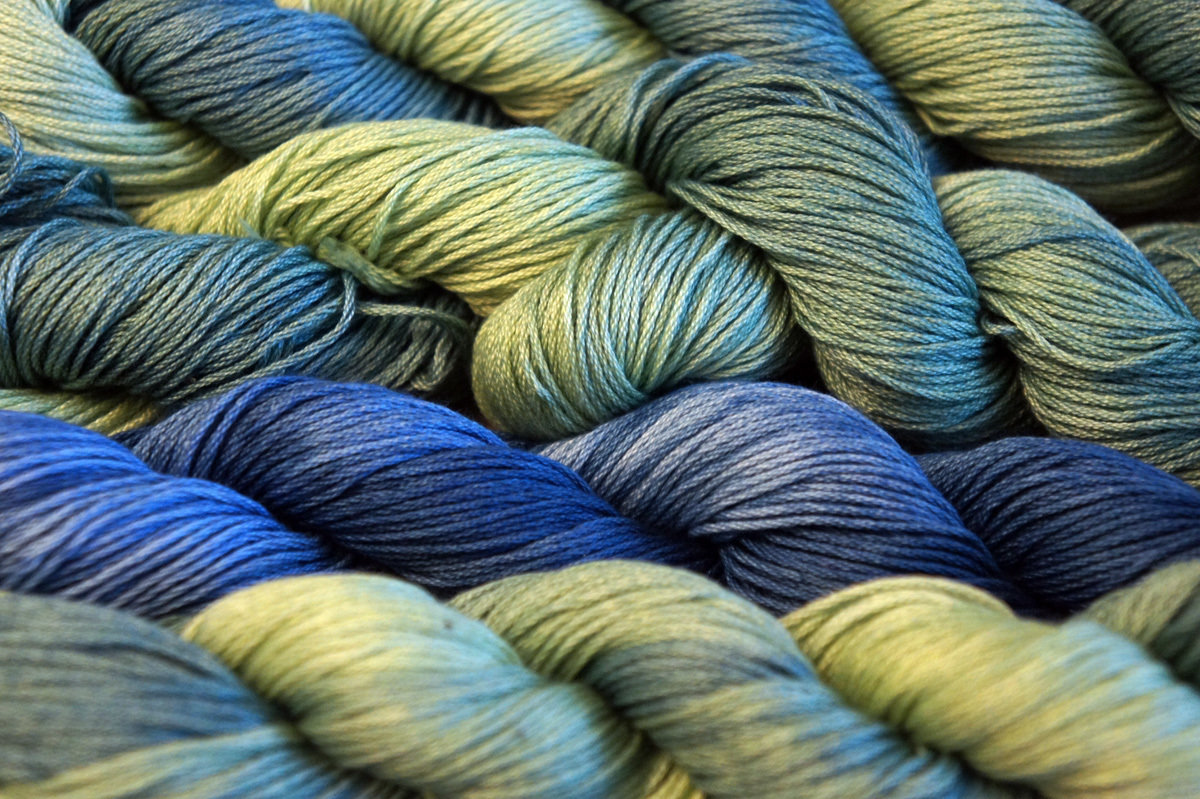Unlike the other major Sashiko companies, we do not offer many “Sashiko Kits” for customers. We know that there is a demand for the kit, but we have been hesitant to do so for some reasons. Well, we finally come up with one in 2019. However, even we offer the Sashiko Practice Kit, we do not include a piece of paper with Sashiko Instruction written on. Here is an explanation of why we prefer not to provide the Sashiko instruction of how to proceed with a Sashiko Kit.

[Update Follow Up for Sashiko Instruction]
(Last Updated Sep.2023)
This is an peridoical update for those who purchase the Keiko’s Sashiko Kits listed Below. Thank you very much for your purchase. As this article explain, our Sashiko Set do not have the specific instruction as it will limit your learning of Sashiko. At the same time, I understand that you would like to have some samples to proceed Stitching. For that, I prepare some sample photos/videos the set, and you can find it here on the list.
Also, in 2023, I released the [Introductory Sashiko Class] on Domestika. By receiving the kit, you have most of the important tools to start enjoying the class. As it is quite reasonably priced on Domestika, it will be a good start to see what “Sashiko Sashiko” is like.
As a sign of appreciation to purchase the kit, please use the coupon below to get 10% Off.
Coupon: SASHIKOSTORY-AZU
[List of Keiko’s Design Set available]
- Keiko’s Design (19) Sashiko Kits. Stitching Video is here
The “best” instruction is up to you
Many people think that there is “absolute answer” or “right way” in Sashiko stitching. We believe there is not. Each pattern, each project, and each material requires the different instruction of how to proceed with the stitching. The most appropriate Sashiko instruction is determined what is your preference, personality, the mood in the day of stitching, and more importantly, how you would like to communicate to the fabric.
Therefore, I would like you to come up with your own Sashiko instruction (of how to proceed the stitching) based on your preference & condition. By us providing the written instruction, it limits your possibility and creativity.
There is some instruction for basic Sashiko techniques & wisdom. Please check our Youtube Channel to find the video for your need, or simply take the Sashiko workshop to get a full package of Sashiko technique.
No rules and regulation in Sashiko
We often say that there is no rules and regulations in Sashiko. The Sashiko instruction contradicts the saying above a bit. Yes, we can recommend one of the appropriate Sashiko instruction as the sample. However, it also encourages Sashiko stitchers to give up researching or learning by watching videos or other information sources.
The Sashiko instruction could imply the rule. We don’t want that. Instead, we offer the sample video of us actually stitching. We believe it is better than the written Sashiko instruction.
Youtube video coming-up soon.
We teach how to come up with own Sashiko Instruction
Each pattern has its own appropriate Sashiko instruction. We teach how to come up with it by yourself in our Sashiko workshop (Online Class or In-person).
The reason I do not share it here is it may require the personal attention to explain throughly – otherwise, without the follow-up, it could cause the misunderstanding. The misunderstanding based on what we write & share is something we would like to avoid the most. Therefore, please consider taking the workshops for more information & follow-ups. It is quite easy, yet core in Sashiko stitching.
Why kit? Your possibility is infinite
Keiko & I occasionally discuss why the market demands the Sashiko kits so much. We believe that it is much more enjoyable when the person can stitch what they would like to have on their every project instead of the kit pattern someone decides for you.

It isn’t difficult to transfer the pattern at all. We have a Youtube Video of how to transfer the pattern on the fabric (It is Youtube. It is free of charge). We even offer some videos of how to drew the Japanese geometric patterns directly with using chalk pen and rulers. We still do not understand why kits have so much popularity.
By learning the basic of a simple technique, the possibility in Sashiko projects can be infinite. I hope you will get the “technique and wisdom” instead of “a written direction made by someone”
[After note]
It is kind of strange to encourage the market to “not to purchase the practice kit” even though we also have an article of advertising the new releasing Sashiko Practice Kit. Well, the Sashiko practice kit is a good value set for anyone who would like to enjoy Sashiko stitching, especially those who already took the Sashiko workshop. I just wanted to explain the background of the reasons why we do not offer written instruction. It isn’t about us being mean or secretive. It is about the message we would like to pass down in Sashiko stitching.




































